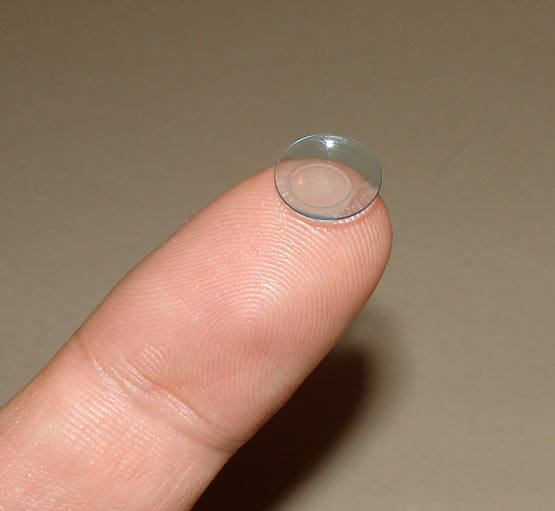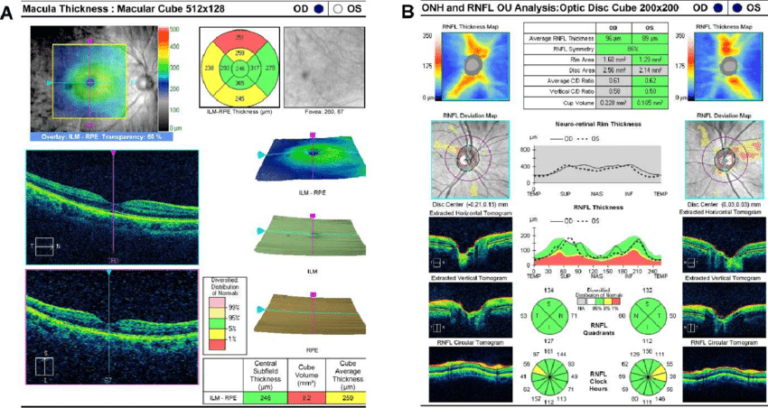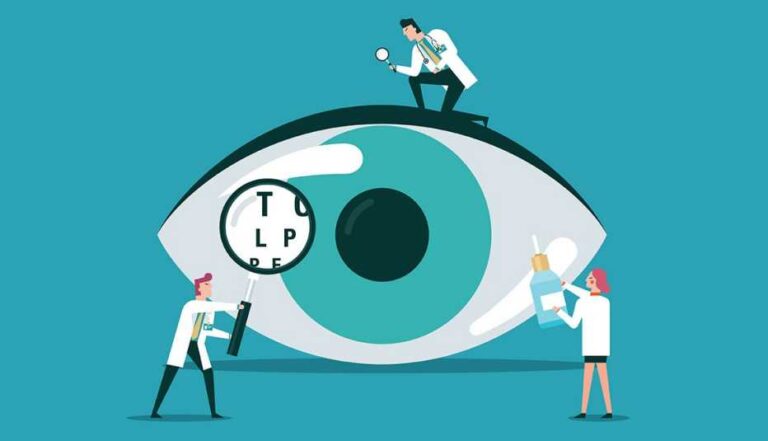Contacts for dry eyes
Why we need contacts for dry eyes? Dry eye syndrome, or simply dry eyes, is a common ocular condition that affects millions of people worldwide. In simple words, it is like the sensation of sandpaper in the eyes, making it difficult to see clearly and causing discomfort throughout the day. While there are various treatments available, including artificial tears, prescription medications, and lifestyle changes, contact lenses designed specifically for dry eyes offer a convenient and effective solution for many. Let us explore the causes and symptoms of dry eyes, the types of contact lenses suitable for individuals with this condition, and tips for managing and preventing dry eyes while wearing these contacts.

Tear film on eyes
Dry eye syndrome occurs when there is an imbalance in the tear film that lubricates the eyes, resulting in insufficient moisture or poor-quality tears. Tears play a crucial role in maintaining the health and comfort of the eyes. They provide essential nutrients, protect against infections, and ensure clear vision by keeping the eye’s surface smooth. When the tear film is compromised, it can lead to various uncomfortable symptoms, such as
- Itchiness
- Redness
- Irritation
- Blurred vision
- Sensitivity to light
- Gritty or sandy feeling in the eyes
- Difficulty wearing contact lenses
Causes
Understanding the root causes of dry eyes is essential to effectively manage the condition. Common factors contributing to dry eyes include
Aging
The decrease in tear production in older individuals makes them more susceptible to dry eye syndrome.
Environment
Exposure to dry or windy climates, air conditioning, and excessive screen time can contribute to this condition.
Medical conditions
The following are the common conditions that affect tear production and quality:
- Diabetes
- Rheumatoid arthritis
- Sjögren’s syndrome
- Hormonal fluctuations during pregnancy, menopause, or while using birth control pills can impact tear production as well
Side effects of certain medications
Antihistamines, decongestants, antidepressants, etc. are certain medicines that can lead to dry eyes effect.
Excessive use of traditional contact lenses
Wearing traditional contact lenses can result in dry eye symptoms due to reduced oxygen supply to the cornea.
Selection of the right contacts for dry eyes

Hydrogels
Hydrogel contact lenses are known for their high water content. They are an excellent choice for dry eyes as they help in retaining moisture on the eye’s surface, reducing discomfort. It is one of the best contact lens options: daily disposable silicone hydrogel contact lenses. These lenses provide a high level of comfort and moisture retention due to their silicone hydrogel material, which allows more oxygen to reach the cornea. Additionally, the daily disposable nature of these lenses reduces the risk of protein and debris buildup.

The benefit of daily disposable contacts
Daily disposable contact lenses are replaced on a daily basis, reducing the risk of protein buildup and bacterial contamination. This can be especially beneficial for dry eye sufferers, as it ensures a fresh, clean lens every day
Scleral lenses
Scleral lenses are larger than standard contacts, vaulting over the cornea and resting on the white part of the eye (sclera). This design can help retain moisture and provide relief for those with severe dry eyes

Rigid gas permeable lenses
Gas Permeable lenses are rigid and allow oxygen to flow freely to the cornea. While they may take some time to adjust to, they can offer excellent vision and comfort for dry eye patients

Tips for managing contacts for dry eyes
Wearing contact lenses involves a combination of proper lens selection and lifestyle adjustments as well. Here are some tips to help you effectively manage your condition:
The first step is to schedule an appointment with an eye care professional, who can diagnose your dry eye condition and recommend suitable contact lenses according to the severity of your condition.
Lubricating eye drops without preservatives can provide immediate relief from dryness and irritation. These drops can be used while wearing contact lenses
If one wears reusable contact lenses, he should clean and disinfect them as directed by the eye care provider. Proper lens care helps prevent protein and debris buildup that can worsen the symptoms
Drinking an adequate amount of water throughout the day maintains overall hydration decreasing eye irritations caused by less production of tear film.
Protect eyes from UV rays and wind by wearing sunglasses in outdoors
Blinking helps distribute tears evenly.
Use a humidifier in the home or office to add moisture to the air, especially during dry seasons or in arid climates.
Limit the number of hours of wearing contact lenses if your eyes feel irritated while wearing them.
Quitting smoking will provide relief as smokers are more susceptible to dry eyes.
Preventing dry eyes is often more manageable than treating them. While some factors, such as aging and certain medical conditions, are beyond our control, we can adopt healthy habits to reduce the risk of developing this syndrome
Can food help us prevent dry eyes?
Incorporate foods rich in omega-3 fatty acids, such as salmon, flaxseeds, and walnuts help to support eye health. We have discussed about 10 best foods for the health of eyes with their best outcomes.
Founder of EyesMatterMost- an optometry student who loves talking about eyes. I tend to cover topics related to optometry, ophthalmology, eye health, eyecare, eye cosmetics and everything in between. This website is a medium to educate my readers everything related to eyes.


